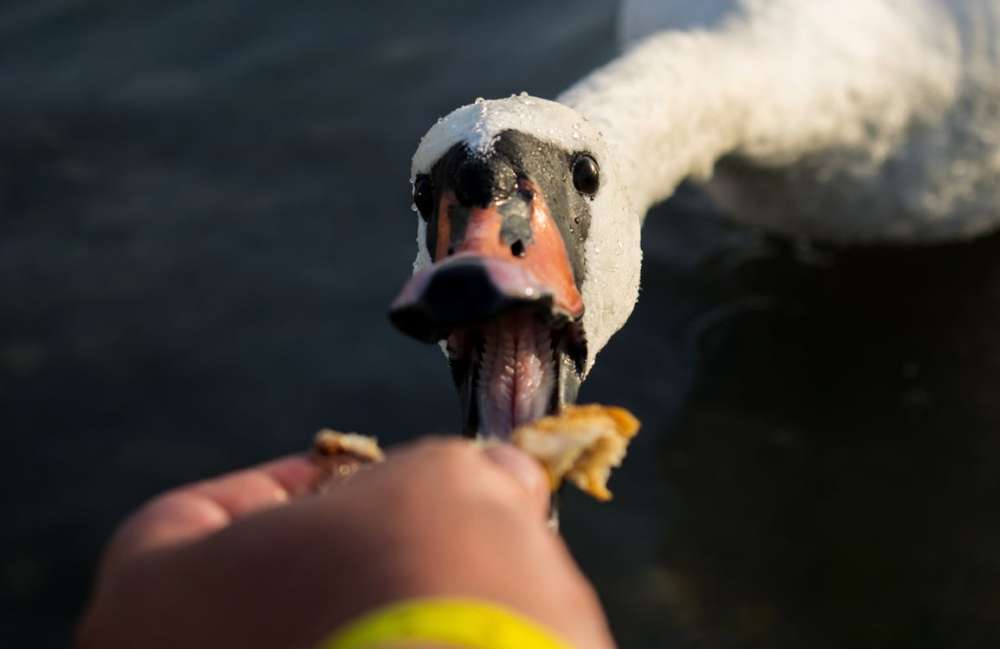The Agriculture Ministry is urging the public not to feed the wildlife when they visit forest parks as this not only poses risks to the animals but creates problems.
In a post on its Facebook page, the ministry noted during visits to parks, many people enjoy contact with the animals and birds by feeding them, believing that this helps.
But the truth is that food supply poses risks to the animals well meaning individuals want to help.
The problems and risks are as follows:
1. Inappropriate food – animal health risk
Human food is not suitable for wildlife and can cause health problems for animals and birds. Aquatic Birds, for example, feed on a variety of natural food, such as algae, seeds, insects, small fish and amphibians, worms and other invertebrates. These foods are naturally available in the right ratio of carbohydrates and proteins and provide the vitamins, calcium and other minerals that birds need. The bread people give them contains carbs, but a little other nutritional value for birds. Naturally, ducks and other birds prefer the “easy” source of food and become dependent on humans, without seeking other, more nutritious food sources.
2. Familiar with man
When we provide food to wild animals, they lose their natural fear of humans and approach people, without understanding why some people feed them and others do not. If a human does not provide them with the food they expect, some animals may show aggression. There is also the possibility that some animals will approach people who have a negative attitude towards them (e.g. foxes), so that humans will hunt them down and harm them.
3. Animal / bird overpopulation
Abundant food sources allow the development of larger animal populations, which creates many problems in our forest parks. If there is an established source of food provided by humans, animals will gather at this source, creating conditions that facilitate the spread of diseases. Also, animals may fight to claim food, resulting in increased injuries.
4. Environmental impact
Bread thrown to aquatic birds is immersed in the lakes and leads to greater growth of algae. Also, food that remains exposed is an easy meal for rats and mice, so people resort to use of poison to fight them, leading to poisoning and other wildlife species. Where there is need, the department of forests, which is responsible for the management of forest parks, places troughs or feeders in specific places, providing the right food, in the right ratio.
Finally, it should be noted that the non-feeding of wildlife is a practice that is applied internationally, on the basis of management principles for forest parks. The public is urged to follow the recommendations of the Forestry Department.






